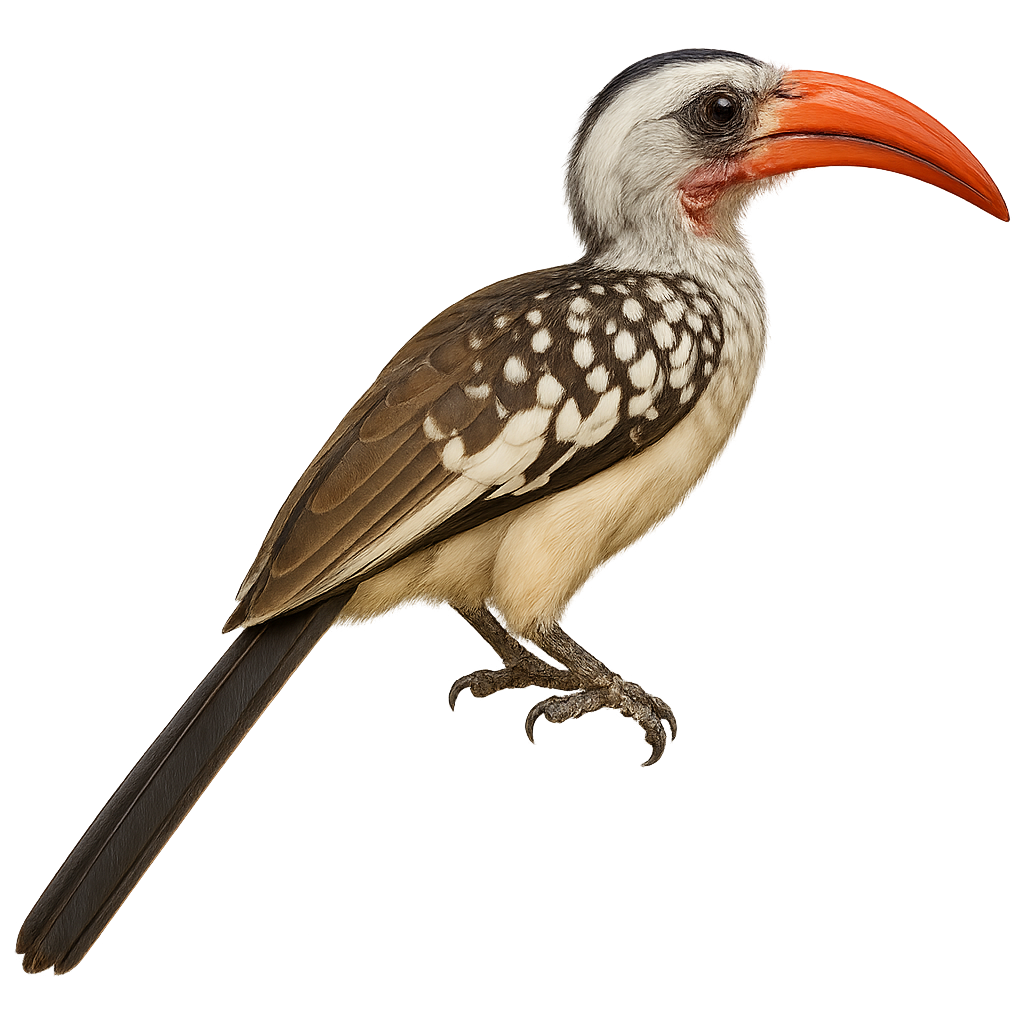Your wildlife photography guide.
Explore the kemp's hornbill in detail, study its behavior, prepare your shots.
Where to observe and photograph the kemp's hornbill in the wild
Learn where and when to spot the kemp's hornbill in the wild, how to identify the species based on distinctive features, and what natural environments it inhabits. The WildlifePhotographer app offers tailored photography tips that reflect the kemp's hornbill’s behavior, helping you capture better wildlife images. Explore the full species profile for key information including description, habitat, active periods, and approach techniques.
Kemp's Hornbill
Scientific name: Tockus kempi

IUCN Status: Least Concern
Family: BUCEROTIDAE
Group: Birds
Sensitivity to human approach: Suspicious
Minimum approach distance: 10 m
Courtship display: March to April
Incubation: 23-25 jours
Hatchings: March to May
Habitat:
dry forests, wooded savannas
Activity period :
Primarily active during the day, with peak activity in the morning and late afternoon.
Identification and description:
The Kemp's Hornbill, or Tockus kempi, is a fascinating bird belonging to the Bucerotidae family. This medium-sized hornbill is primarily found in West Africa, particularly in dry forests and wooded savannas. It is distinguished by its contrasting black and white plumage and its impressive bill, often adorned with a characteristic casque. The Kemp's Hornbill is a diurnal bird, active mainly in the morning and late afternoon. It primarily feeds on fruits, insects, and occasionally small vertebrates. Its social behavior is interesting, as it often lives in small family groups. The breeding season varies by region but is generally influenced by the rainy season.
Recommended lens:
400mm – adjust based on distance, desired framing (portrait or habitat), and approach conditions.
Photography tips:
To photograph the Kemp's Hornbill, it is advisable to use a telephoto lens of at least 400mm to capture detailed images without disturbing the bird. Look for areas where these hornbills are active, such as forest edges or wooded savannas. Be patient and discreet, as although they are suspicious, they can get used to your presence if you remain still. Morning or late afternoon light is ideal for capturing shots with natural colors.
The WildlifePhotographer App is coming soon!
Be the first to explore the best nature spots, track rutting seasons, log your observations, and observe more wildlife.
Already 1 439 wildlife lovers subscribed worldwide

